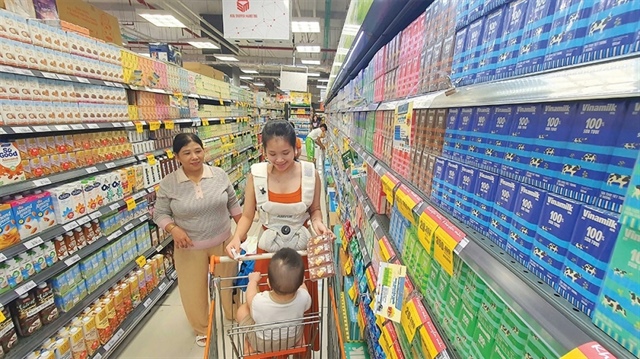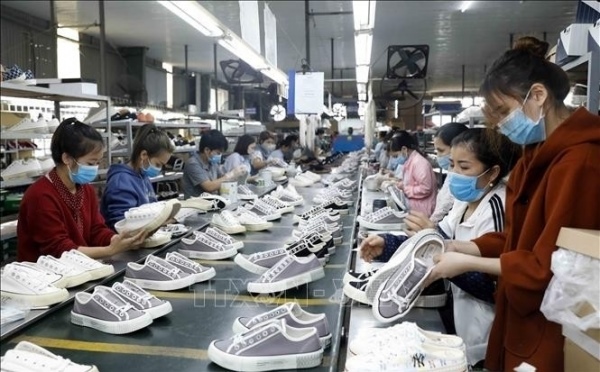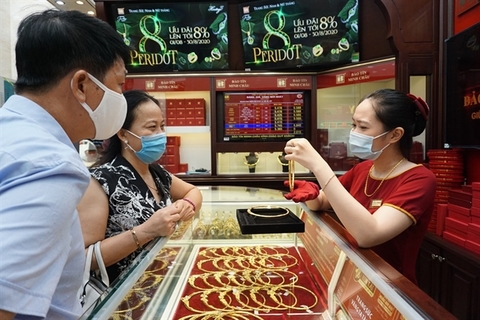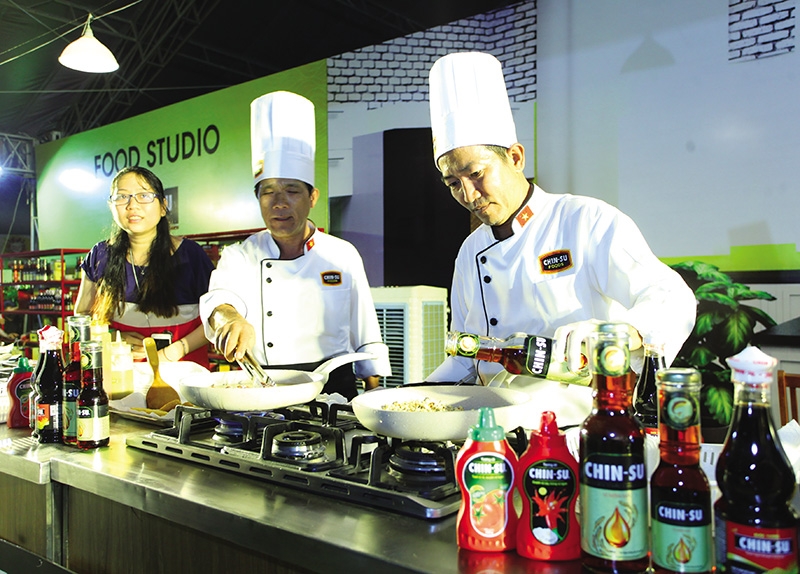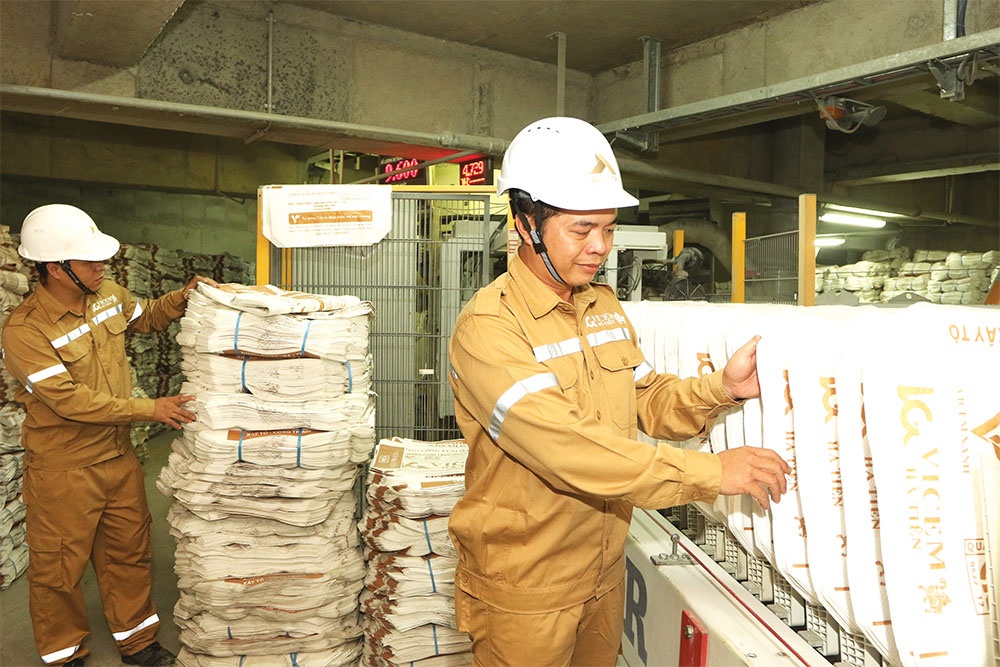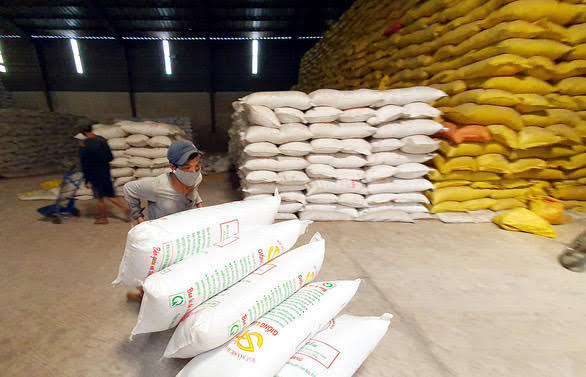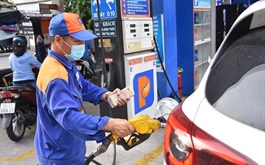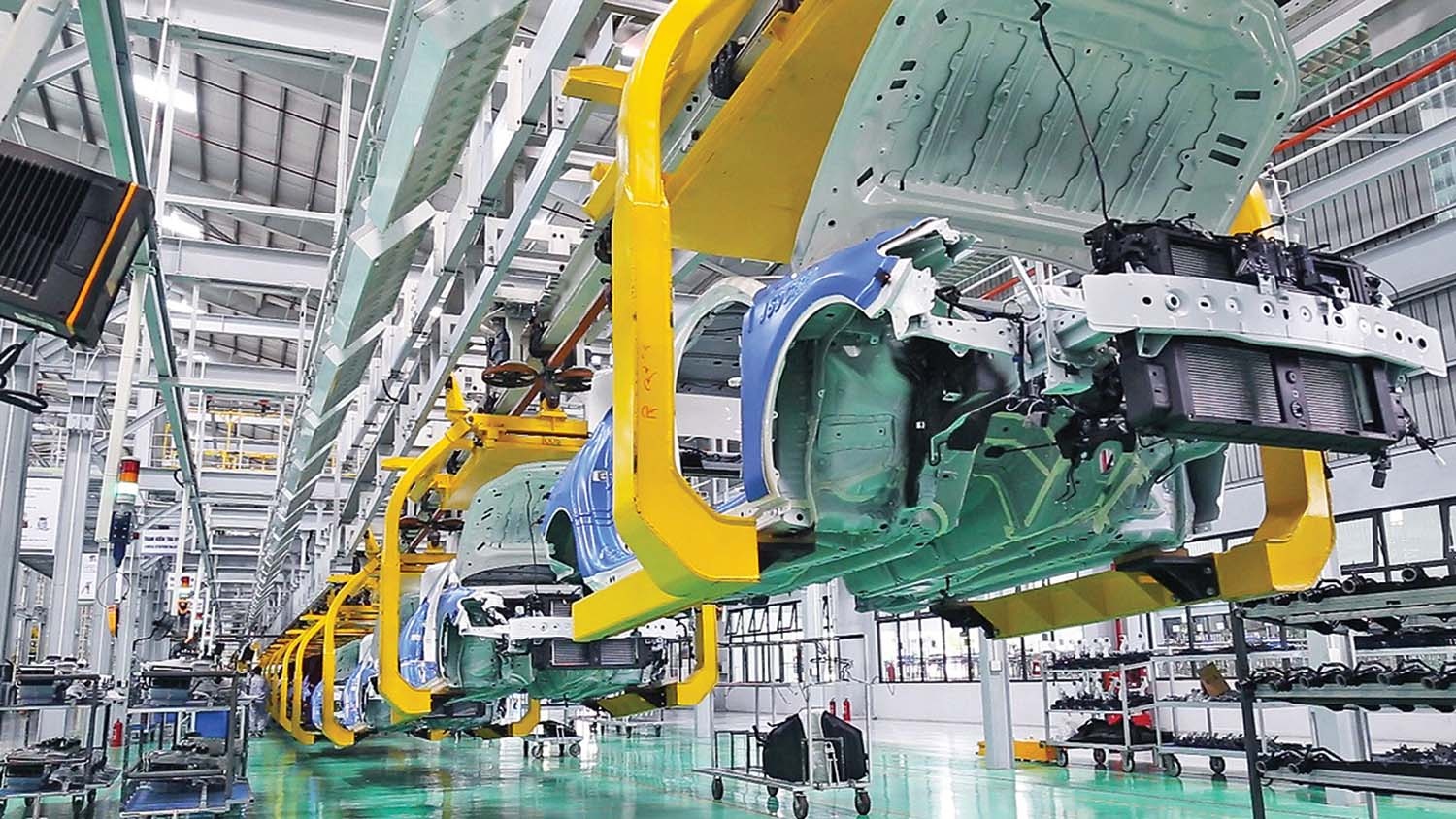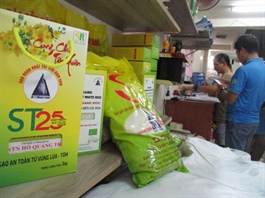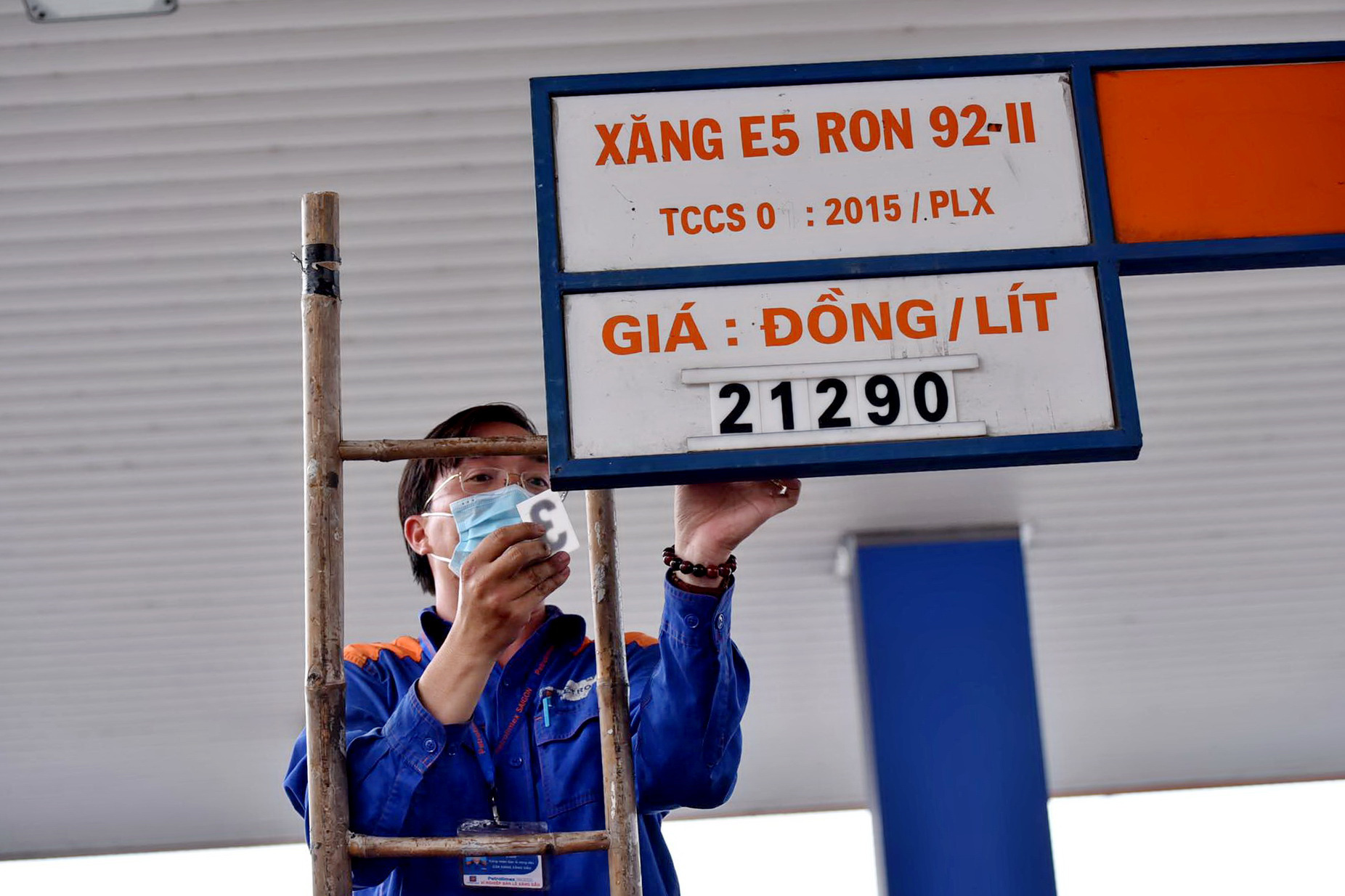Fertiliser producers expect buoyant Q4 performance
Fertiliser producers expect buoyant Q4 performance
The profit growth pace of fertiliser firms has been slowing in the third quarter due to less favourable market conditions, but a rosier fourth-quarter prospect is looming amid the soaring global demand.
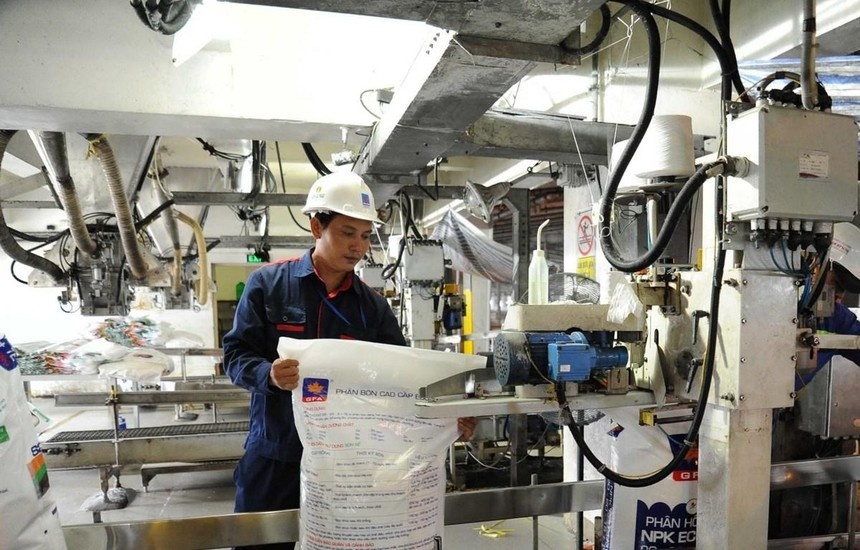
In the first nine months of 2022, PetroVietnam Fertilizer and Chemicals Corporation reaped $652 million in revenue and $230.4 million in pretax profit, an increase of 92 per cent and 95.6 per on-year, respectively.
The company’s export volume during the period amounted to around 155,000 tonnes, triple the whole-year projection, taking advantage of spiking export prices.
In this nine-month period, Lam Thao Fertilizers and Chemicals JSC posted $110.3 million in gross industrial output and $109 million in sale and service provision revenue, up 16 per cent and 24 per cent, respectively.
From the outset of 2021, soaring fertiliser prices following a spike in the price of basic materials like coal, fuel and chemicals contributed to fertiliser firms’ profit growth.
In the first three-quarters, the fertiliser price shot up due to the impact of the Russia-Ukraine conflict, and many local fertiliser firms saw exceptional growth.
According to Nguyen Anh Khoa, head of the Investment Department at Agribank Securities JSC, in the third quarter, fertiliser firms continued posting positive growth compared to one year ago thanks to the high urea fertiliser price.
In the domestic market, urea fertiliser price is now 25-30 per cent higher than in the third quarter of 2021, commensurate with the global trend.
Going forward, many factors are aiding Vietnam’s fertiliser exports to potential markets.
“However, third-quarter business results of the fertiliser sector are expected to retreat compared to the first and the second quarter as the price of urea fertiliser is losing heat after peaking in May. Urea fertiliser price is now fetching $0.6-0.69 per kg, down nearly 20 per cent compared to the peak level,” said Khoa.
This was also evident in DPM’s business results. In the first half this year, the company counted $475.4 million in revenue and $180.6 million in pretax profit, meaning that in the third quarter, the company posted $176.7 million in revenue and $49.7 million in pretax profit, a sharp decline in profits compared to the first two quarters.
In the fourth quarter, fertiliser consumption volume in the domestic market is expected to surge. In addition, fertiliser firms expect more upbeat signs in demand for fertiliser imports from international markets.
Phung Ha, general secretary of the Vietnam Fertilizer Association, noted the Russia-Ukraine conflict and sanctions between the west and Russia would lead to an ever-increasing gas price. The fertiliser price, therefore, would be further swelled.
“Amid increasingly scant gas supply in Europe, cushioned production, and a shortfall in the global supply, the fertiliser price is anticipated to resume growth in late 2022 and early 2023, leading to high growth in Vietnam’s fertiliser export value,” Ha forecast.
Ha assumes that going forward, many factors would aid Vietnam’s fertiliser export to potential markets. For instance, Europe’s intense energy crisis is forcing a string of fertiliser firms in this region to curtail output, starting with fertiliser production plants in Poland, then spreading to the whole region, including leading firms like Achema, Yara, and Borealis, among others.
Meanwhile, Russia, the number-one fertiliser exporter, continues imposing a quota scheme on urea exports from July to December.
As for China, the country’s fertiliser export policy has been loosening since June, but export operations have been closely controlled to ensure domestic supply. In addition, from October to December, China enters its largest crop season, leading to huge demand.
Currently, Vietnam mainly exports fertiliser to regional markets, such as Cambodia, which accounts for 27.5 per cent of the country’s total fertiliser export volume, followed by Malaysia, South Korea, the Philippines, Laos, and Thailand.


